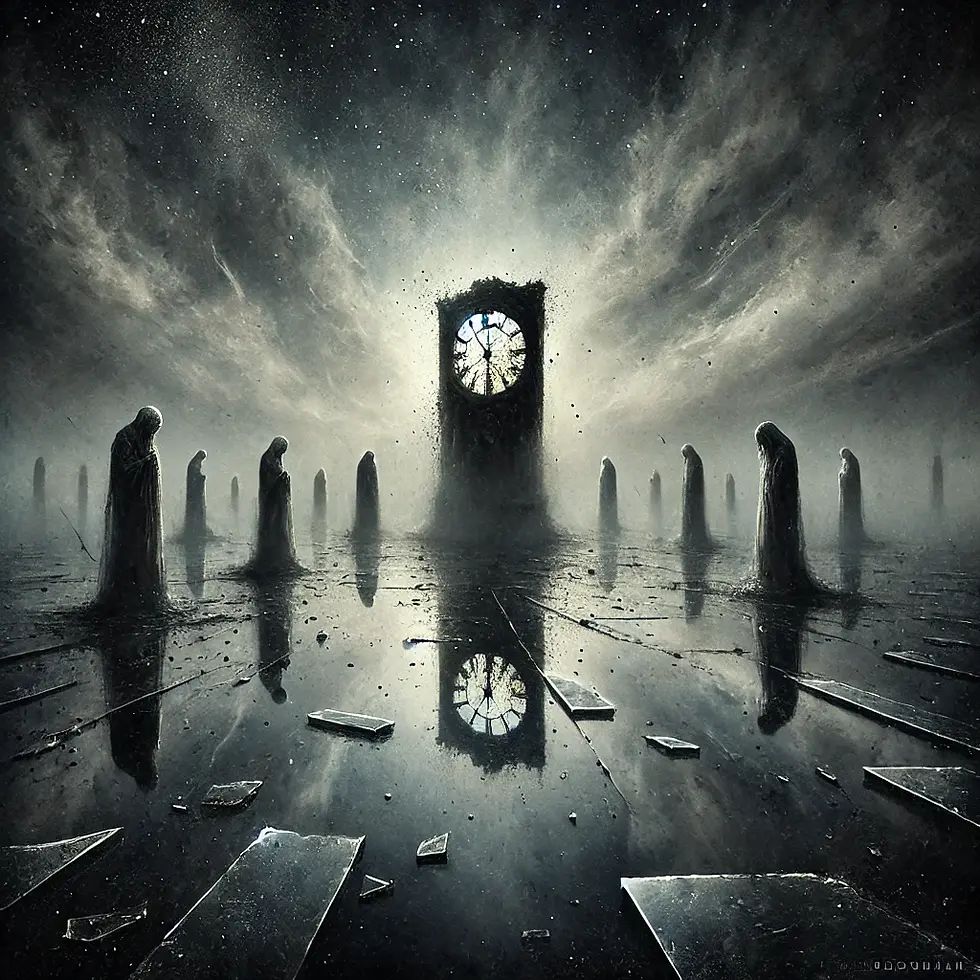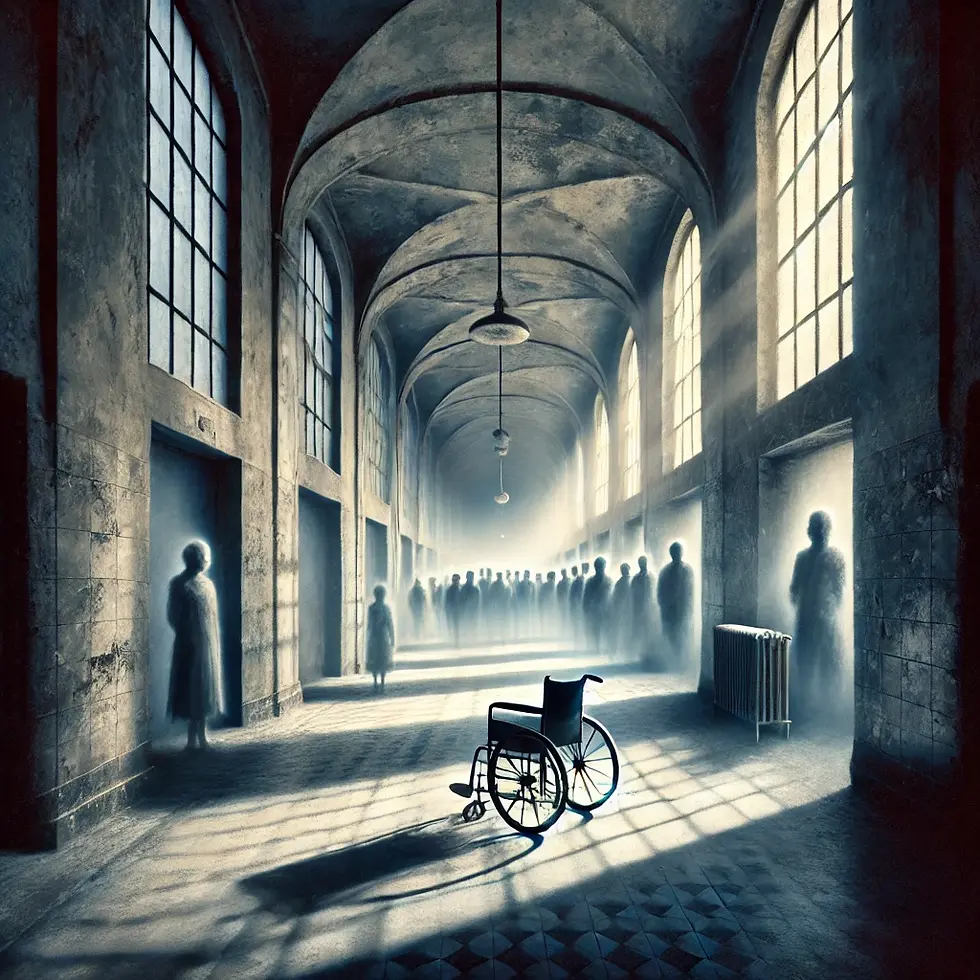
The Holocaust by Bullets: A Crime That Echoed in Silence
- A HumanKind

- Mar 16
- 3 min read
Before the gas chambers, before the trains, before Auschwitz became the name of an unspeakable horror—there were bullets.
Between 1941 and 1944, more than 2 million Jewish men, women, and children were executed in broad daylight across Eastern Europe. They were not deported. They were not taken to camps. They were shot where they stood—by German killing squads known as the Einsatzgruppen, often with the help of local collaborators.
It was a genocide that left no survivors.
No witnesses, except for the soil that swallowed the bodies.
No names, except for those still waiting to be remembered.
A Genocide Without Walls
We often think of the Holocaust as an industrialized machine of death, but before it was mechanized, it was personal.
How it worked: Nazi forces entered villages and ordered all Jewish residents to gather—sometimes under the pretense of “resettlement.”
Forced labor first: Many men were executed first, leaving women and children behind.
The final execution: Victims were led to fields, forests, or ravines and forced to undress before being shot in mass graves.
Some were buried alive: If a bullet missed or a child survived, they were often left in the pits, covered by earth.
One of the most infamous sites was Babi Yar in Kyiv, Ukraine. On September 29-30, 1941, nearly 34,000 Jews were marched to a ravine and slaughtered in two days.
But Babi Yar was only one of thousands.
The Holocaust by Bullets left entire villages erased—communities wiped from existence without ever seeing a concentration camp.
Who Pulled the Trigger?
The most terrifying truth? It wasn’t just the SS.
German Police Battalions – Ordinary men, many middle-aged and married, transformed into mass murderers.
Local Collaborators – In many cases, neighbors turned executioners, pointing out Jewish families, even pulling the trigger themselves.
Civilians Who Stood By – In many villages, the executions took place in full view. Some helped dig the graves. Others looted the homes of the murdered.
A soldier wrote home:
“I shot a mother holding her child. My hand did not tremble. I only wished they would die faster.”
The Silent Graves
Unlike Auschwitz, there were no train tracks leading to these killing sites.
No chimneys. No barbed wire fences.
Just fields, forests, ravines—now covered with grass and silence.
To this day, thousands of unmarked mass graves remain undiscovered across Eastern Europe. Many victims were never recorded. Their names were lost before they were even whispered.
And yet, some survived—not because they were spared, but because they crawled out from the earth, hidden beneath bodies, buried alive.
They spent the rest of their lives haunted by the silence.
Why This Matters
The Holocaust by Bullets forces us to ask:
What makes someone commit murder when no one is forcing them to?
How do entire communities become complicit?
What happens when a genocide leaves no survivors to tell the story?
These questions are not just about history. They are about humanity itself.
This is why we remember.
This is why we listen.
Because forgetting is not an option.
Closing This Chapter – For Now
This past week, we walked through one of the darkest pages of human history. It was not easy, nor should it be.
But remembrance is not about comfort. It is about responsibility.
The Holocaust does not belong to the past.
It belongs to the present, to every choice we make, to every injustice we allow to fester.
Tomorrow, we step back further in history—into the world of the witch hunts.
A different time, a different crime.
But the patterns?
The fear, the scapegoating, the need to blame?
Those never left us.
Let’s continue.
Sources and further reading
Yahad-In Unum (Holocaust by Bullets Research Organization): https://www.yahadinunum.org
United States Holocaust Memorial Museum: https://encyclopedia.ushmm.org
Babi Yar Massacre (USHMM): https://encyclopedia.ushmm.org/content/en/article/babi-yar-massacre
The Einsatzgruppen and Mass Shootings (USHMM): https://encyclopedia.ushmm.org/content/en/article/mobile-killing-units-einsatzgruppen
Holocaust Survivors and Victims Database: https://www.ushmm.org/remember/resources-holocaust-survivors-victims/database-of-holocaust-survivor-and-victim-names
Patrick Desbois' Work on Holocaust Mass Graves: https://www.yahadinunum.org/father-patrick-desbois/



Comments